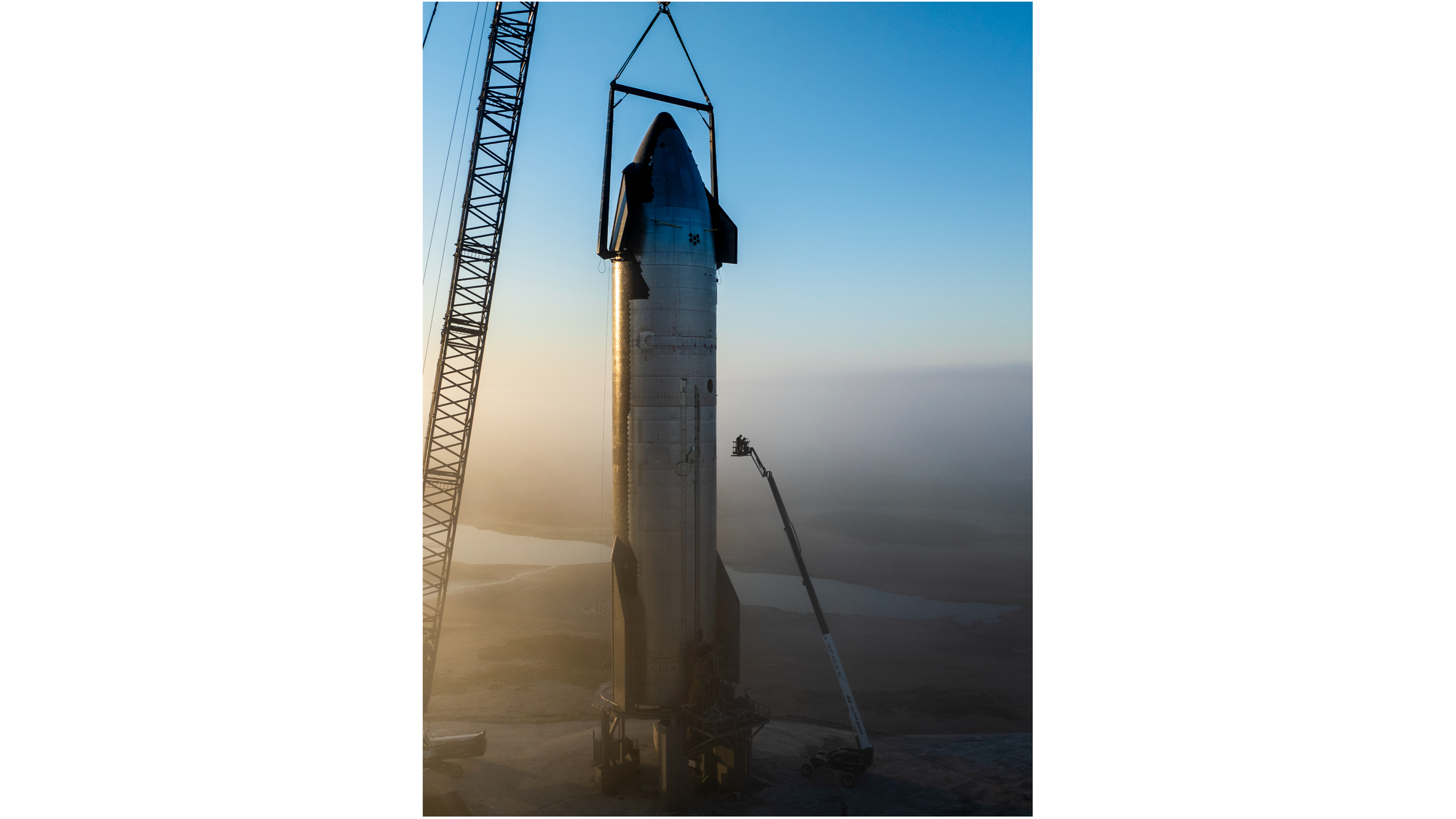
Just a week after Starship's third test flight, SpaceX is already gearing up for the next one.
The 400-foot-tall (122 meters) Starship, the biggest and most powerful rocket ever built, flew for the third time ever on March 14.
The fully reusable two-stage vehicle notched some significant milestones on the test mission, which launched from SpaceX's Starbase site in South Texas. For example, its 165-foot-tall (50 m) upper stage, known as Starship or just Ship, achieved orbital velocity and stayed aloft for about 50 minutes before breaking apart during its reentry to Earth's atmosphere.
And the megarocket's first stage, a giant booster called Super Heavy, aced its boostback burn. Super Heavy did not splash down in the Gulf of Mexico as planned, however; it broke apart about 1,650 feet (500 m) above the waves.
Related: Relive SpaceX Starship's 3rd flight test in breathtaking photos

SpaceX is still analyzing data from last week's flight, but it's also looking ahead to mission number four. Indeed, the company has moved the coming flight's Ship out to the launch pad at Starbase "for upcoming static fires," SpaceX said in a post on X on Friday afternoon (March 22).
Static fires are coming prelaunch tests, in which engines are fired briefly while a vehicle is anchored to the launch pad. If the impending static fires and other trials go well — and if the Federal Aviation Administration grants a launch license in time — Starship could fly again as soon as early May, SpaceX President and Chief Operating Officer Gwynne Shotwell said earlier this week.
SpaceX's Friday X post shared a photo of the recently moved Ship, as well as a second image showing three Ships partially shrouded by heavy fog at Starbase. As that second shot suggests, SpaceX plans to conduct a number of Starship test flights this year — six or more, if all goes according to plan, according to company founder and CEO Elon Musk.
SpaceX is developing Starship to get people and cargo to the moon and Mars, as well as to perform a variety of other spaceflight tasks.
NASA has a keen interest in the megarocket's progress; the space agency picked Starship as the first crewed lunar lander for its Artemis moon program. The current schedule calls for Starship to put NASA astronauts down on the moon for the first time in September 2026, on the Artemis 3 mission.







